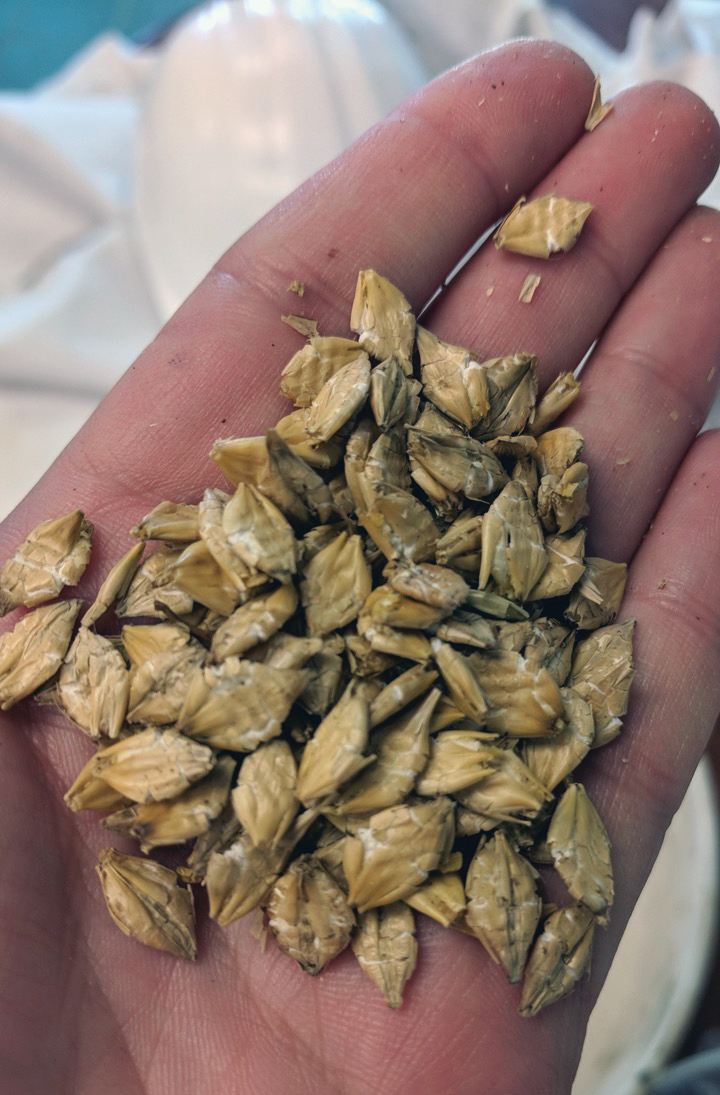ELECTION BUZZ
AG AT THE FOREFRONT AHEAD OF FEDERAL VOTE
BY JANET KRAYDEN
Election season is coming. In Ottawa, the talk around the Hill is all about the federal election. The same may be true of Alberta with a possible provincial election after the shocking defection of nine Wildrose to the PCs last December. As the campaigns gear up, Alberta farmers need to prepare for election season just like preparing for seeding and harvest. The first step is to think through what agriculture issues need focus today and what will be on the horizon tomorrow.
Don’t wait until the issue becomes reactive. We can turn to Ontario to learn this lesson. Due to an activist offensive, Ontario farmers have to bear the brunt of a neonicotinoid pesticide ban that will reduce usage by 80 per cent by 2017. Details are unclear as to how this will be implemented or enforced by the province, yet the policy is proceeding.
The Ontario provincial legislative agenda outraced the federal government’s Pest Management Regulatory Agency (PMRA) study by a day. The federal study, much less sensational in approach, found that bee health is affected by complex conditions such as invasive mites, parasites, habitat loss, queen bee quality, weather and hive management. Last on the PMRA list was pesticide exposure.
Ontario farmers have concentrated significant effort and investment working on best management practices to reduce bee exposure. Environmental protection is, in fact, why the majority of farmers and Canadian industry chose the seed treatment route rather than aerial spraying.
None of this seems to matter, however. “Sound science” reasoning is waning as an effective argument in many political circles. This puts a century of scientific advances in agriculture, which have been beneficial to the environment, at risk.
Within industry circles, what is happening in Ontario is referred to as the “thin edge of the wedge”—and justifiably so. An Ontario Beekeepers’ Association news release headline states, “Ontario becomes the first province to act on neonicotinoids.” The David Suzuki Foundation seems to be working in tandem with the Ontario Beekeepers, proclaiming Ontario to be “the first government in North America” to legislate a neonic ban. In other words, this is not a “one-off” for them, other provinces and governments will be targeted in the near future.
In December 2014, like the ghost of Christmas past, the United States Environmental Protection Agency was requesting comments on the benefits of neonicotinoid seed treatments on soybeans. This is the same process that Canadian farmers were asked to participate in with our own federal government’s PMRA in December 2013.
American farmers, however, are moving to protect modern agriculture methods with an interesting proactive policy approach that warrants consideration. They are moving to legislatively preserve the “right” to use modern agriculture technology such as seed treatments. North Dakota farmers have done this through a “right to farm” amendment in their state constitution that protects a producer’s right to use scientifically proven and approved agricultural practices. American farmers feel this will give them state protection from special interest groups.
Could this concept be applied in Canada, federally or with agreeable provinces that still accept sound science principles?
This is something to think about because Alberta farmers also use neonic seed treatments for crop protection with no negative reports. This proactive approach has broader positive implications in that it could provide a covering from an activist agenda on usage of scientifically accepted agriculture practices.
The idea of advocating for modern agriculture raises more questions: How do we move our messages forward during election season? How do we make sure that issues such as protecting producers’ “right to farm,” agriculture labour shortages, risk management and transportation remain up front and centre during an election?
Simple letter writing from associations or individuals can be effective. Disseminating an “association platform” of ideas to each of the political parties in the form of an open letter released to the media is a good way to get quality ideas on the books.
Followup is needed in the form of individual farmers and associations meeting with candidates. Plan to attend upcoming public meetings and public political debates. And have good questions ready to highlight a proactive agriculture agenda.
If producers are prepared for an election, our industry will reap the rewards.







Comments